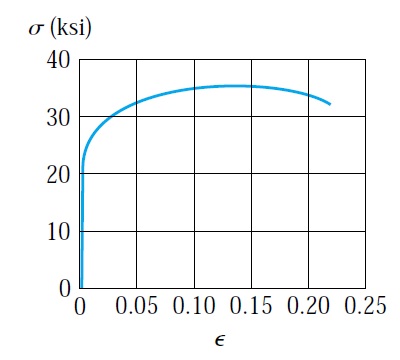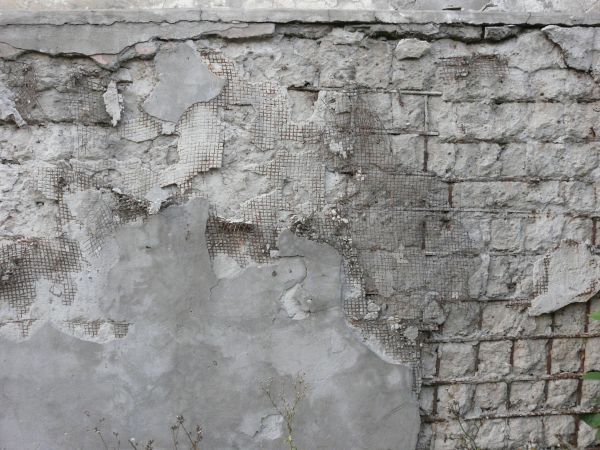Stability of structures
partial constraints, in partial, constrain the structure reactions will be slightly fewer than the equations of equilibrium that must satisfy, in this case, the structure will partially constraints, figure 1 showing an example of a partially constrained structure. if we draw a free-body diagram for the L shape member, we can notice that the force p is inclined, therefore it will have x and y component. if we sum force in x-direction ΣFx=0, this equation will not be valid because the support will not constrain the member in the X direction, therefore our equilibrium equations are not satisfied.
 |
| Figure 1 |
Improper constraints: in some case, the reactions will be equal to equilibrium equations but the structure is unstable, this will occur because the support is not constraining the structure properly. this can happen if the reactions at support concurrent at one point only. figure 2 showing an example of an unstable structure, reactions from supports are concurrent at point O, if we sum the moment at point o the result will not be zero, therefore the structure is unstable. also if all reactions are parallel then the structure will not be stable as shown in figure 3, for the structure in figure 3 the x-component of the force P will cause the structure to move.
 |
| Figure 2 |
















Comments
Post a Comment